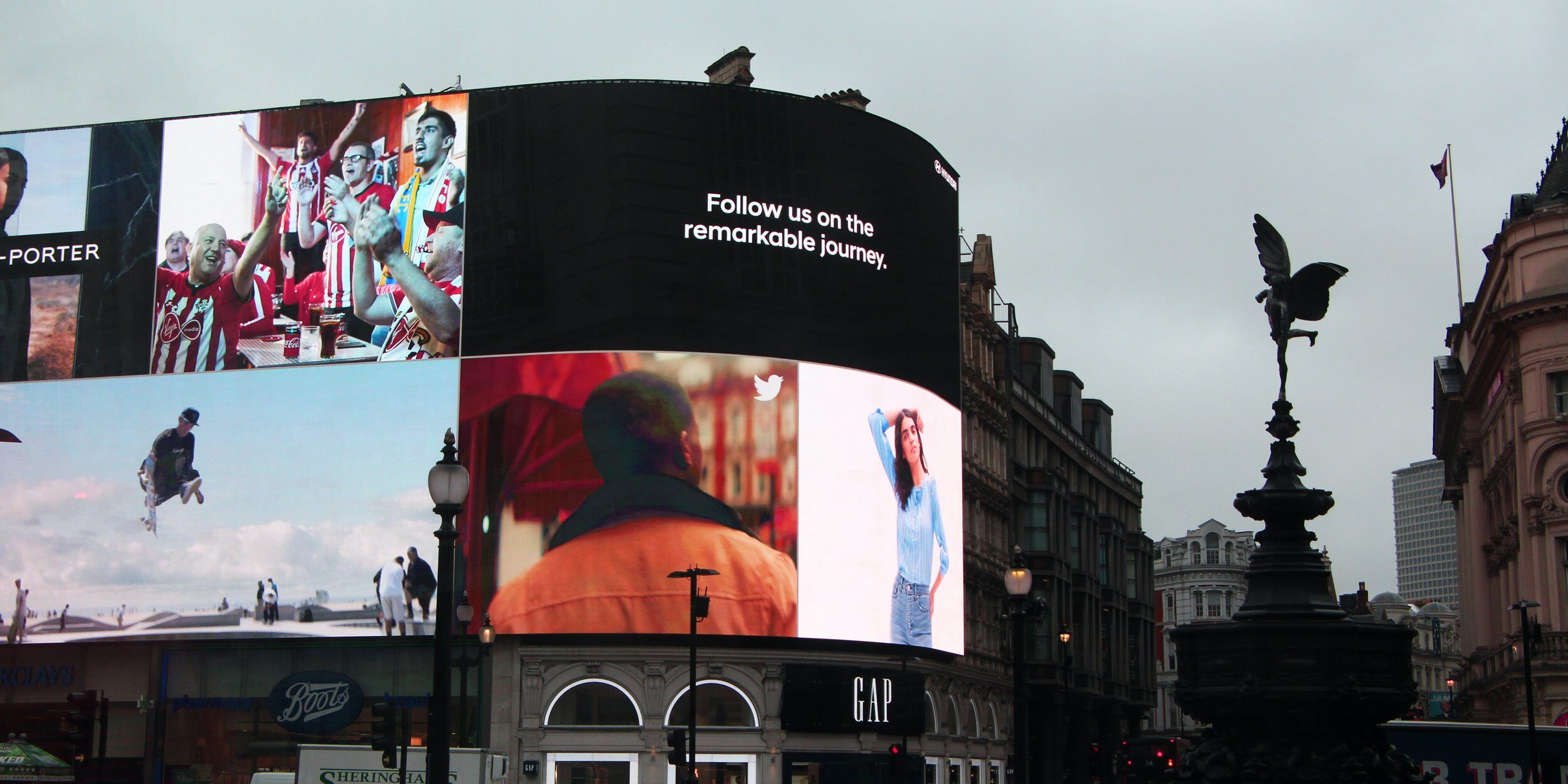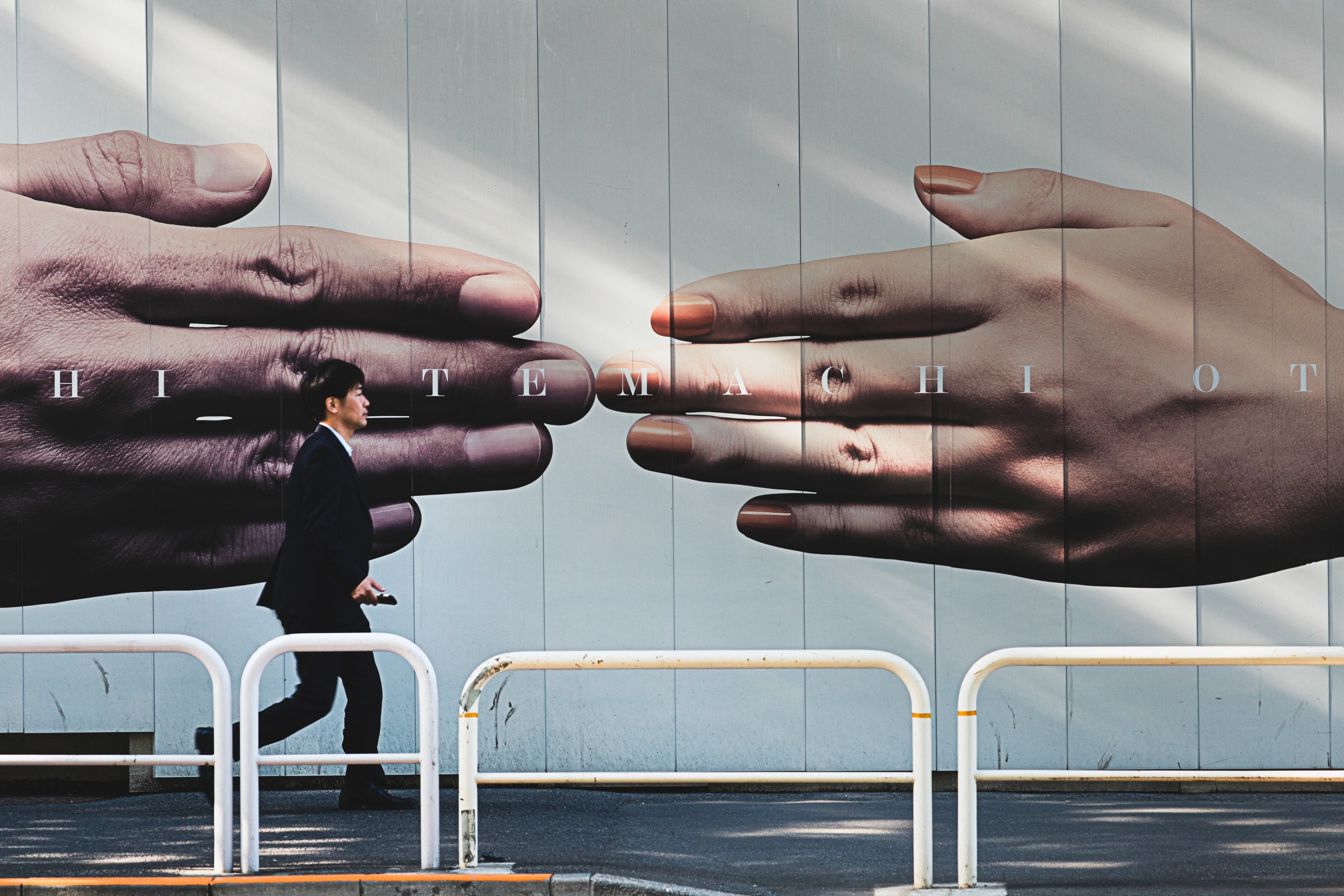Before COVID, we used to go out to shop, to work, to meet someone for coffee, to go to a wedding, to attend a house of worship. Consumers went to theaters, restaurants, open houses, shopping malls, and many other places to find connection and relationship to people, brands, and products. It was common knowledge: to find anything truly useful or worthwhile you had to go out.
And then COVID forced us to stop going out. And instead it pushed us to go on.
And we did. Everyone did. Mostly out of novelty at first, then eventually out of necessity. Online to work, to meet for coffee, to go to a wedding, to worship, to buy toilet paper, and so on. With the real world shut down in many places, brands (maybe yours included) made the shift to try and meet customers and clients online too. Because they had to. Online is where everyone was.
>
“48% of consumers prefer to shop in person because they enjoy the experience.”
But the pandemic is receding and people are going back out more and more, seeking to combine their lives online with the “real” world.
Can brands seamlessly exist in both places too?
A Marketing Ecosystem
For the past few weeks, we’ve been highlighting the need for brand owners to now embrace comprehensive marketing ecosystems which have the ability to build and reinforce their consumer-facing reputations. Rather than strictly focusing on one marketing element to drive sales – such as mining the funnel (which grows ever-darker and less reliable) or focusing solely on social media advertising (goodbye to most consumers over 50) – an ecosystem seeks to uniformly show off a brand to the audience they fell in love with in a myriad of mediums.
And those mediums must include online and physical. Yes. Both.
AdWeek’s recent piece on the continued rise of Out Of Home ad spending in 2021’s Q2 winks aggressively at a simple truth: no matter how “real” the digital world feels, the customer’s heart longs to be out there – in the real “real” world. Face to face, skin to skin, eye to eye. As an example:
According to Chain Store Age and a study conducted by Radyant, 48% of consumers would still prefer to shop in person, rather than online, when given the option. And when asked why, their response was overwhelmingly because they “enjoy the experience”.
>
“Brands live online. But they come to life in person. Out in the real world.”
Which is no surprise. Many of the things we love as consumers have a distinct experiential feel. Think about the smell of popcorn at a movie theater or a hot dog at a ballgame. Think about how your hands sort through clothes on a rack at a department store, the feel of all those new fabrics. Think about the sound of the orchestra tuning up right before the auditorium goes dark and the show starts.
These are all experiences that don’t translate to online because you have to be physically in them to experience what they offer fully.
Even as people have moved to digital spaces to work, meet, be inspired, and buy things – the need for interesting, eye-catching, truthful, and bold physical advertising that blends seamlessly with a brand’s online presence, is roaring back to life.
Brands live online. But they come to life in person. Out in the real world.
Brands Back Out In The Wild
Consumers want access to brands and brand content in their homes and out of them. They want to be able to see a brand on a billboard, type its name into a Google search, buy a piece of their merchandise online, and return it in the store so they can try something else out right then and there. And in each of those steps they want to pervasively believe that the brand has created all these options out of the sole desire to make the consumer’s life better.
A billboard, social media account, website, or event can’t carry all that weight alone. But united by a strategy, a brand’s marketing ecosystem can create a relationship that’s always available to the consumer whenever they want or need it.
Encouraging consumers to rejoin the public while a world-wide pandemic is still claiming lives is part of a larger conversation about brand responsibility. But every consumer is entitled to his or her choice, and regardless of whether a brand encourages it or not, people will return to the great outdoors when they feel like it and not necessarily when it is most prudent.
Your brand must decide what choices it wants to adopt on these issues – and those postures should be definitive.
But brands should also be ready to meet consumers whenever and wherever they make their own choices. Because that’s not just the reality of this intra-COVID season of commerce, but the hallmark of many to come.


